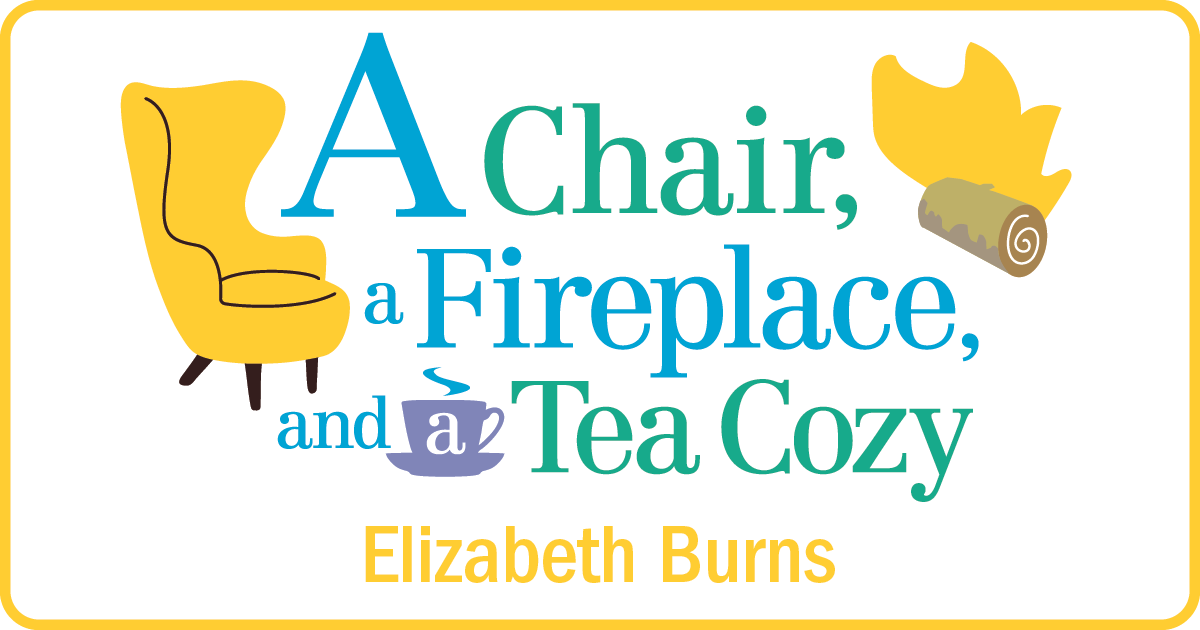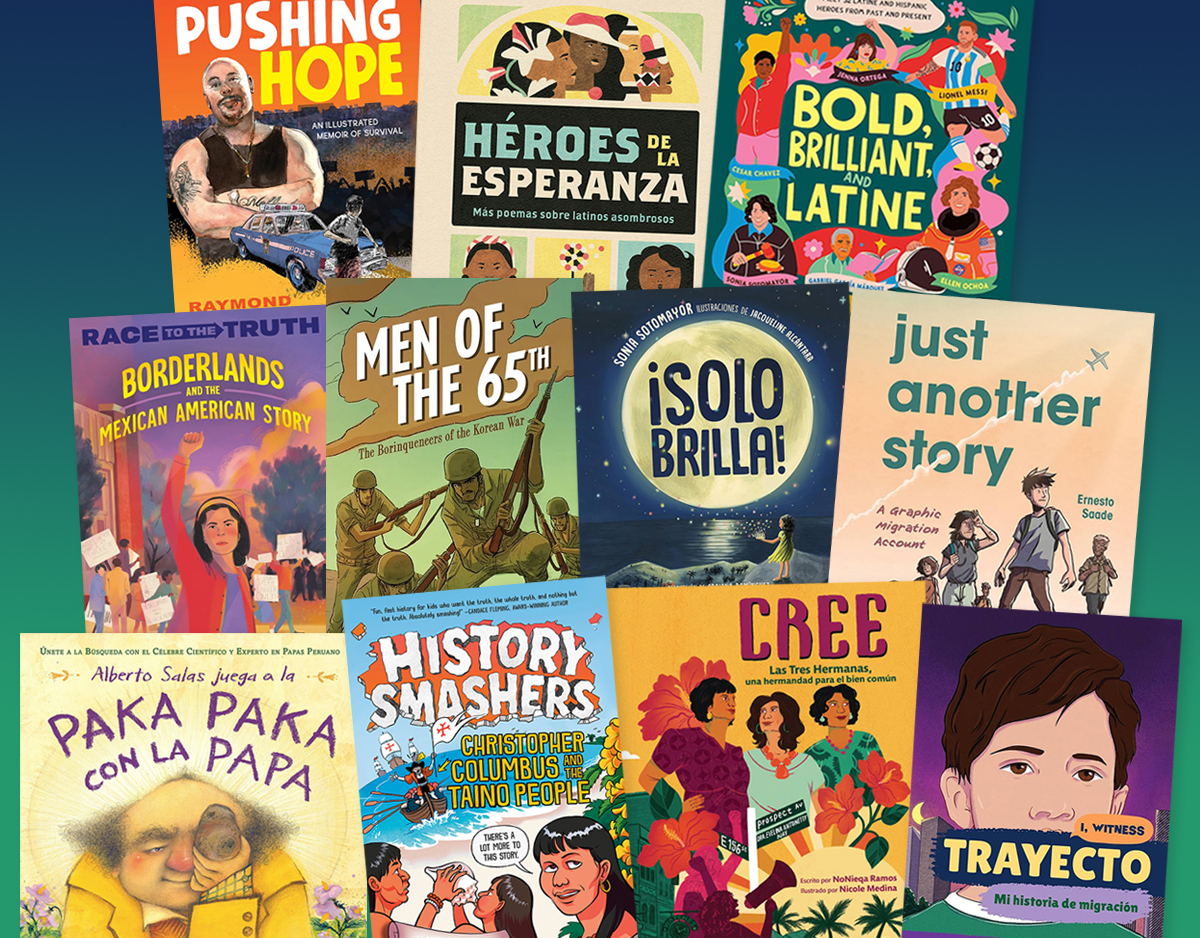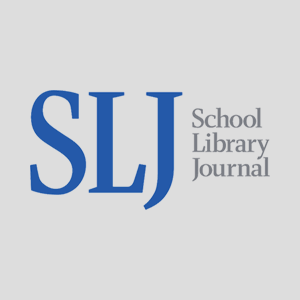SCROLL DOWN TO READ THE POST
Summer Reading
Oh, Summer Reading.

Summer is ending and most public library summer reading programs being finished. I’ve read many tweets and posts and articles about Summer Reading Programs and libraries and I’ve just been thinking about it, and SRP in general.
Summer Reading Program: one set of words for many different things. Which, you know, sounds like a Captain Obvious point, but, really — people tend to think that their local summer reading program is universal when it really isn’t. Some overall thoughts:
ADVERTISEMENT
ADVERTISEMENT
Examples of specifics that mean SRP aren’t all uniform: meeting room space, staff, budget, local economy, all vary. Where is the library located, can people walk or use public transportation? How many kids are in day camps? And so on. Or, for example, an online component and badges. What does that mean, in terms of library and community resources, AKA who has internet access?
And then, aside from those variables, what is the point of a Summer Reading Program?
What is the public point and what is the internal point? For example, I’ve read people say it’s “to get kids reading” and then complaining if the kids don’t attend programs or borrow library materials when they participate. So public face = kids reading, internal face = increase of programming/materials statistics.
To know the goal of summer reading is to understand how the program is implemented and run. There can be major and minor goals, but since often those goals may contradict, one goal has to be selected.
Example: is the point to motivate children to read over the summer? Or is it to reward children for reading? Before saying “both” — and yes, sometimes “both” can be the answer — to say “both” without further thought implies, to me, that only “rewards” can motivate a person. It also raises the question of what it is that is being rewarded, because then that is what the child is being motivated via rewards to do.
Is it rewarding the most books read? So, then, the motivation of summer reading is for children to read the most books?
Before you nod yes, I’ll ask — the most books, or the most books at the child’s reading level? Or the most books at above the reading level, to push someone to read “up”?
If it’s the “most books,” what does that mean when reading shorter books gets more of a “reward” than reading longer books? And that isn’t just about reading ability, that’s also about age. Do “most” books reward younger readers?
At which point, librarians are saying “aha! that is why we now measure in time spent reading.” Agreed — except, then, are we asking parents and kids to put a timer next to the book? (I’ve seen bookmarks that have this built in.) Does that really work for all kids?
For all kids — ah, there is a whole other issue.
When looking at summer reading, most public libraries are serving a wide range of ages, interests, and abilities. And, they are doing so with staffing ratios that are much larger than what most school teachers have. And are doing so with what is often a “one size fits all” program. Just think about that: reading in schools (which isn’t just motivation) involves contained classrooms with dedicated teachers, sorted (roughly) by age and ability. While reading in libraries is all ages, all abilities.
In other words, summer reading — it’s complicated.
ADVERTISEMENT
ADVERTISEMENT
My own take? Summer Reading is to motivate kids to read during the summer, with the side hope that somehow, the kid who is not a reader may find a book or start a relationship with the library that turns them into a “reader.” (Note, if that doesn’t happen, ever, that’s OK. I’m never going to become someone who loves sports. Some people will never become a person who loves reading.) So, most of what I put together is trying to appeal to the kid who otherwise wouldn’t be picking up a book over the summer.
I realize that appears to actually leave out the kids who are already readers. As someone who was always a reader, that makes me think. What did I like from the library SRP as a kid? I liked that what I liked to do was being recognized. I don’t remember getting any of the trinkets and prizes that are all over the place now. I remember there being a minimum to get to go to the end of summer pizza & movie party, and that was a big deal. (Note it was even a bigger deal than you think, because this was the 1970s so the movie part was a huge deal.)
I believe the “readers” are a unique subset of those involved in summer reading programs, in that they are already motivated. So my question becomes: how do they get recognized (note I don’t say rewarded!) without making summer reading into a contest?
Various things I’ve done in the past: prizes are the extra ARCs in the library, because they appeal to readers. Having an in-library day-long reading marathon. Asking kids to set their own reading goals, rather than use the library minimum.
So, my questions to you:
What are some unique things about your own Summer Reading Program?
What do you think is the primary goal of a SRP?
What are some of the things you do, either with SRP or year round, for the “readers”?
And — since I know school librarians and other non-public librarians are reading this —
As someone who isn’t involved with SRPs, as an “outsider,” what are some of the things you’ve seen that you’ve liked about Summer Reading Programs? Or disliked?
Filed under: Reviews, Uncategorized
About Elizabeth Burns
Looking for a place to talk about young adult books? Pull up a chair, have a cup of tea, and let's chat. I am a New Jersey librarian. My opinions do not reflect those of my employer, SLJ, YALSA, or anyone else. On Twitter I'm @LizB; my email is lizzy.burns@gmail.com.
ADVERTISEMENT
SLJ Blog Network
Read Aloud Hall of Fame #21: A BIKE LIKE SERGIO’S
Fuse 8 n’ Kate: What Was I Scared Of? by Dr. Seuss
Spider-Man: Shadow Warrior | Review
We Need More Books About the Tweens Behind the Scenes, a guest post by Lindsay Champion
The Classroom Bookshelf is Moving
ADVERTISEMENT
ADVERTISEMENT







